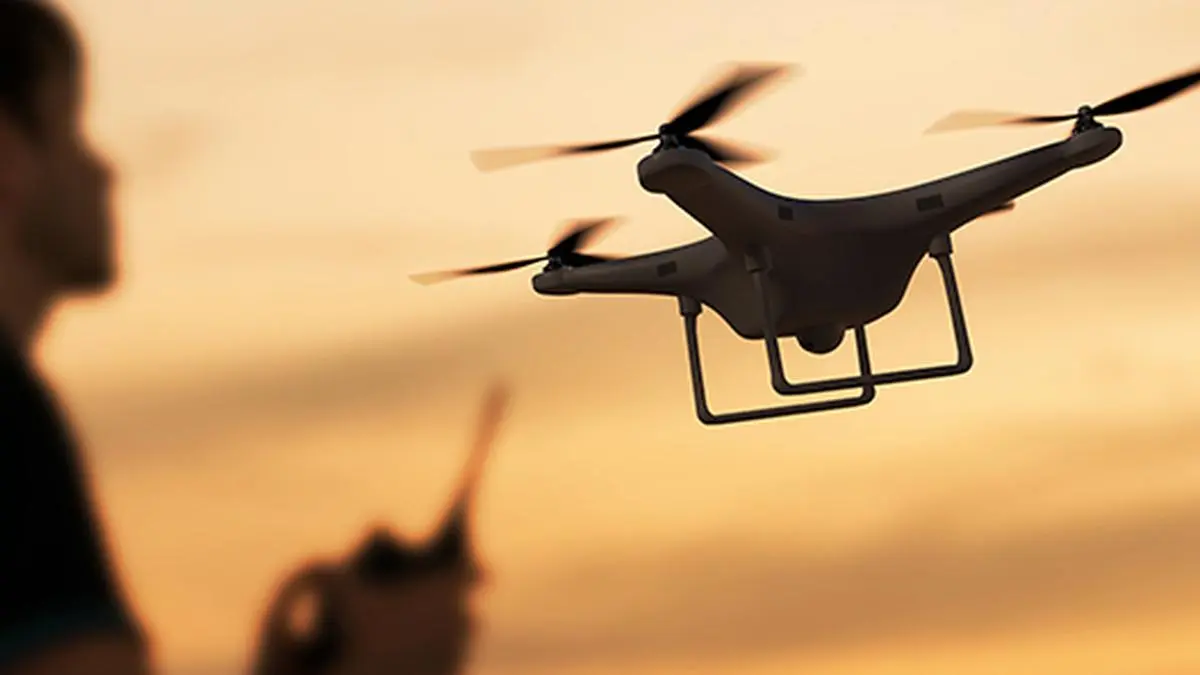HinduBusinessLine
20h
81

Image Credit: HinduBusinessLine
Beyond the battlefield: AI to enable faster, safer and smarter defence decisions
- AI is increasingly being integrated into global defence strategies, with various countries leveraging autonomous and AI-guided drones for military operations.
- Key players like the US, China, Russia, and India are heavily investing in AI-enabled command and control systems and military applications.
- AI is utilized in areas such as border monitoring, unmanned vehicles, predictive maintenance, and secure offline capabilities in defence.
- AI-driven agentic workflows enhance border surveillance, detect threats, optimize force deployment, and safeguard critical defence networks.
- AI is used for strategic military decision-making by analyzing data, simulating scenarios, and presenting actionable insights for faster decision-making.
- AI models are deployed to detect military build-up using satellite imagery, analyze wide-area data, and identify objects with high precision.
- In defence, AI enables real-time detection of border intrusions, suspicious movements, infrastructure changes, and concealed enemy installations.
- Challenges in AI adoption for defence include transparency, bias, explainability, data privacy, investment requirements, and skill acquisition.
- Efforts are being made to address challenges by exploring air-gapped systems, synthetic data, indigenous AI capabilities, and collaborations for secure infrastructure.
- Military organizations are focusing on ensuring data sovereignty, operational security, and IP ownership while maximizing AI capabilities for defence applications.
- Overall, the integration of AI in defence operations is revolutionizing decision-making, surveillance, threat detection, and strategic planning for military forces globally.
Read Full Article
4 Likes
For uninterrupted reading, download the app